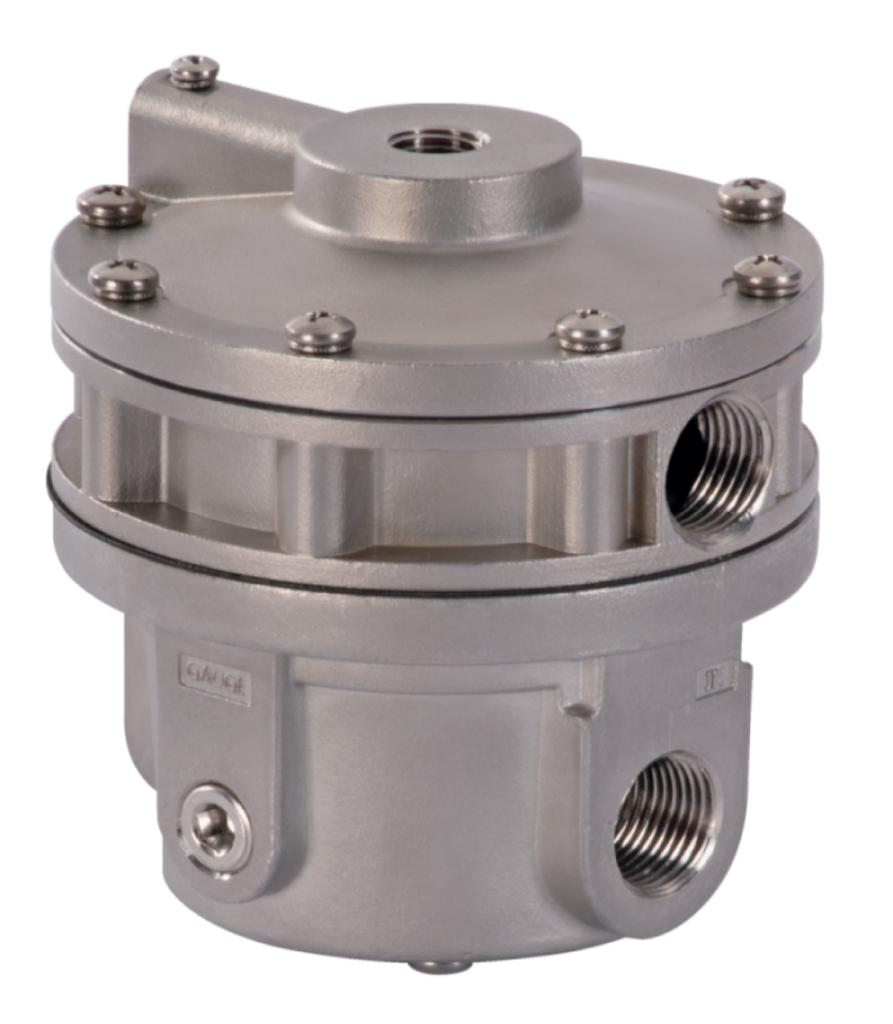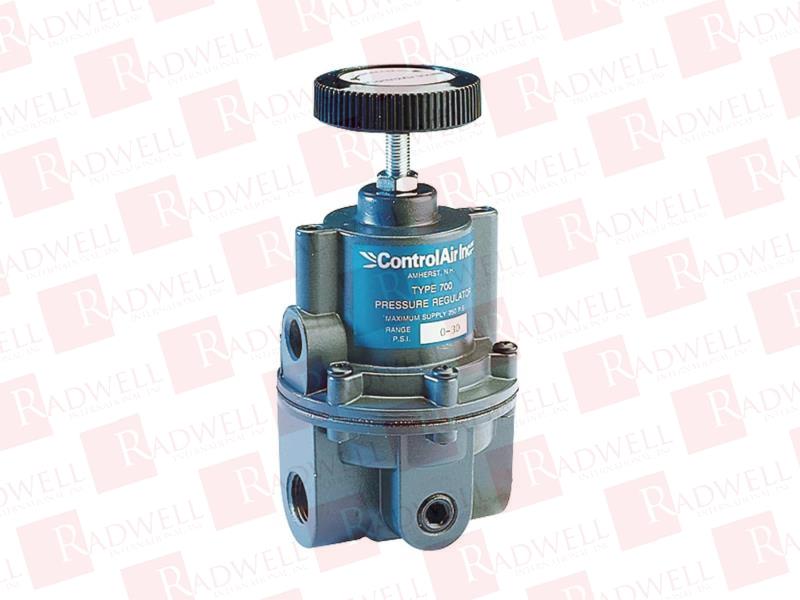


#Controlair 13825 iso#
The requirements specific to ISO 13485 include the following: In evaluation of any ISO standard, there are a few systematic requirements that are the driving force for establishment and implementation of a Quality Management System. Here is what the five main sections are about:Ĭlause 4 – Quality Management System (“Intersection”)Ĭlause 4 targets two very specific aspects of a Quality Management System: General Requirements and Documentation Requirements. The ISO 13485 structure is split into eight sections, with the first three being introductory, and the last five containing the mandatory requirements for the Quality Management System. Wherever requirements are specified as applying to medical devices, the requirements apply equally to associated services supplied by the organization. Requirements of ISO 13485:2016 are applicable to organizations regardless of their size and regardless of their type, except where explicitly stated. ISO 13485:2016 specifies requirements for a Quality Management System to produce ISO medical devices and related services that consistently meet customer and applicable regulatory requirements. Requirements & structure What are the requirements of ISO 13485? Instead, it was determined that the most recent changes in ISO 9001:2015 were not necessary for medical devices.
#Controlair 13825 update#
Although the ISO 13485:2016 standard came out after the major update of ISO 9001:2015, the ISO 13485 standard does not align with this new revision of ISO 9001. Its requirements are recognized around the world as an acceptable basis for implementing a QMS. ISO 9001 is an internationally recognized standard for Quality Management Systems (QMS), which is published by ISO (the International Organization for Standardization). The ISO 13485:2016 standard aligns with the previous version of ISO 9001, ISO 9001:2008. See all the changes here: Infographic: What’s new in the 2016 revision of ISO 13485. Among the additions to this update are included: a focus on risk, clarification of management responsibilities, clarification of training responsibilities, improvement to the facility requirements, better alignment of design and development requirements to many regulations, more emphasis on control of suppliers, requirements for traceability procedures, addition of complaint handling, and enhancement of product cleanliness requirements. The latest revision of ISO 13485 for ISO medical devices is from March 2016. For a good explanation on this, take a look at the article List of mandatory documents required by ISO 13485:2016.Ī survey of ISO 13485-certified companies shows that the number of companies that have implemented an ISO 13485 Quality Management System still shows a general positive trend worldwide (the drop in 2018 was mainly due to a different measurement methodology).ĭata taken from 2018 ISO Survey What is the current version of ISO 13485? Along with these, you will need to create the mandatory and additional processes and procedures necessary for your organization to properly create and deliver your product or service. Together, these define the overall scope and implementation of the Quality Management System. Starting with management support and identifying the customer requirements for the QMS, you will need to start developing documentation including the Quality Policy, Quality Objectives, and Quality Manual. The result showed order of tolerance as Ficus benghalensis exhibited the highest value at all the sites followed by Ficus religiosa> Ficus glomerata followed by Azadiracta indica > Polyalthia longifolia.Adopting ISO 13485 provides a practical foundation for manufacturers to address the EU Medical Device Directive (MDD), the EU Medical Device Regulation (MDR), and other regulations, as well as demonstrating a commitment to the safety and quality of medical devices.

Four physiological and biochemical parameters, which are leaf relative water content (RWC), Ascorbic acid content (AA), total leaf chlorophyll (TChl) and leaf extract pH were used to compute the APTI values. The leaf samples collected from 5 commonly present tree species at the cross-roads of Ahmedabad city were used to determine their Air Pollution Tolerance Index (APTI). A study of Air Pollution Tolerance Index (APTI) was calculated for various plant species growing at the seven cross-roads of Ahmedabad city. In any well planned urban set up, industrial pollution takes a back seat and vehicular emissions take precedence as the major cause of urban air pollution. Though water and land pollution is very dangerous, air pollution has its own peculiarities, due to its transboundary dispersion of pollutants over the entire world.


 0 kommentar(er)
0 kommentar(er)
